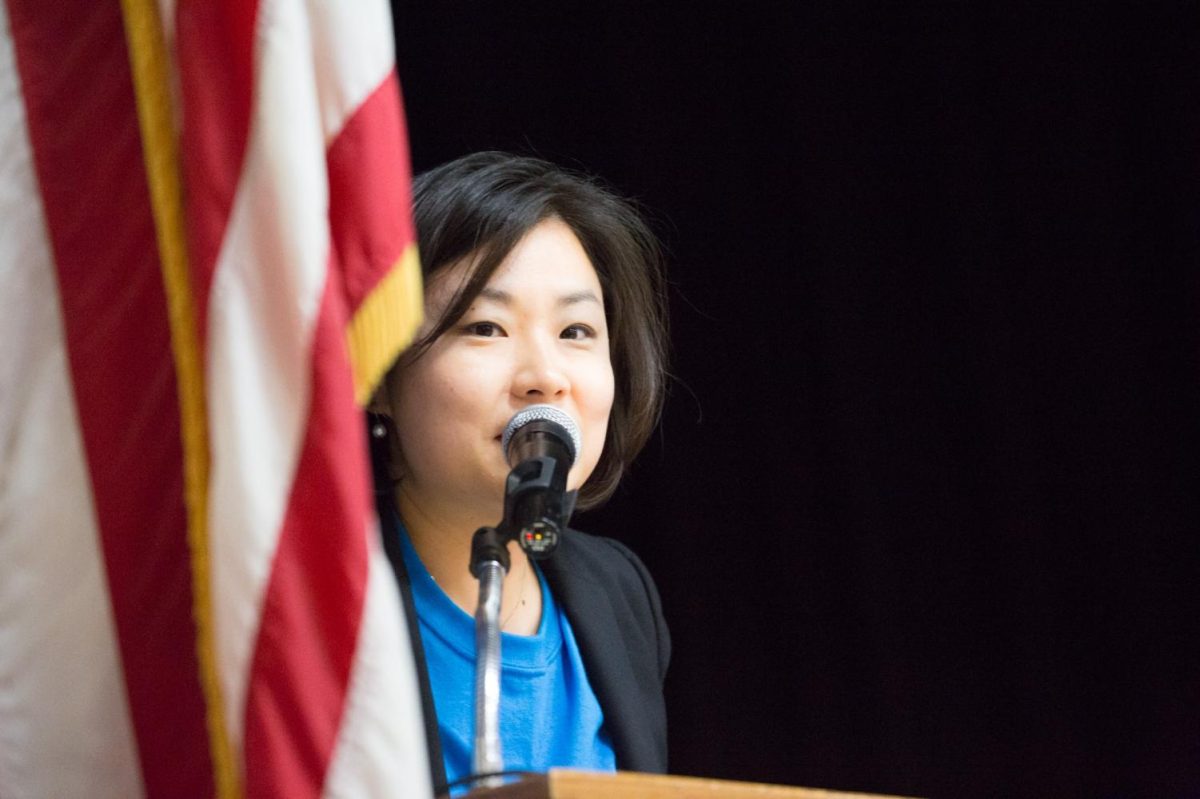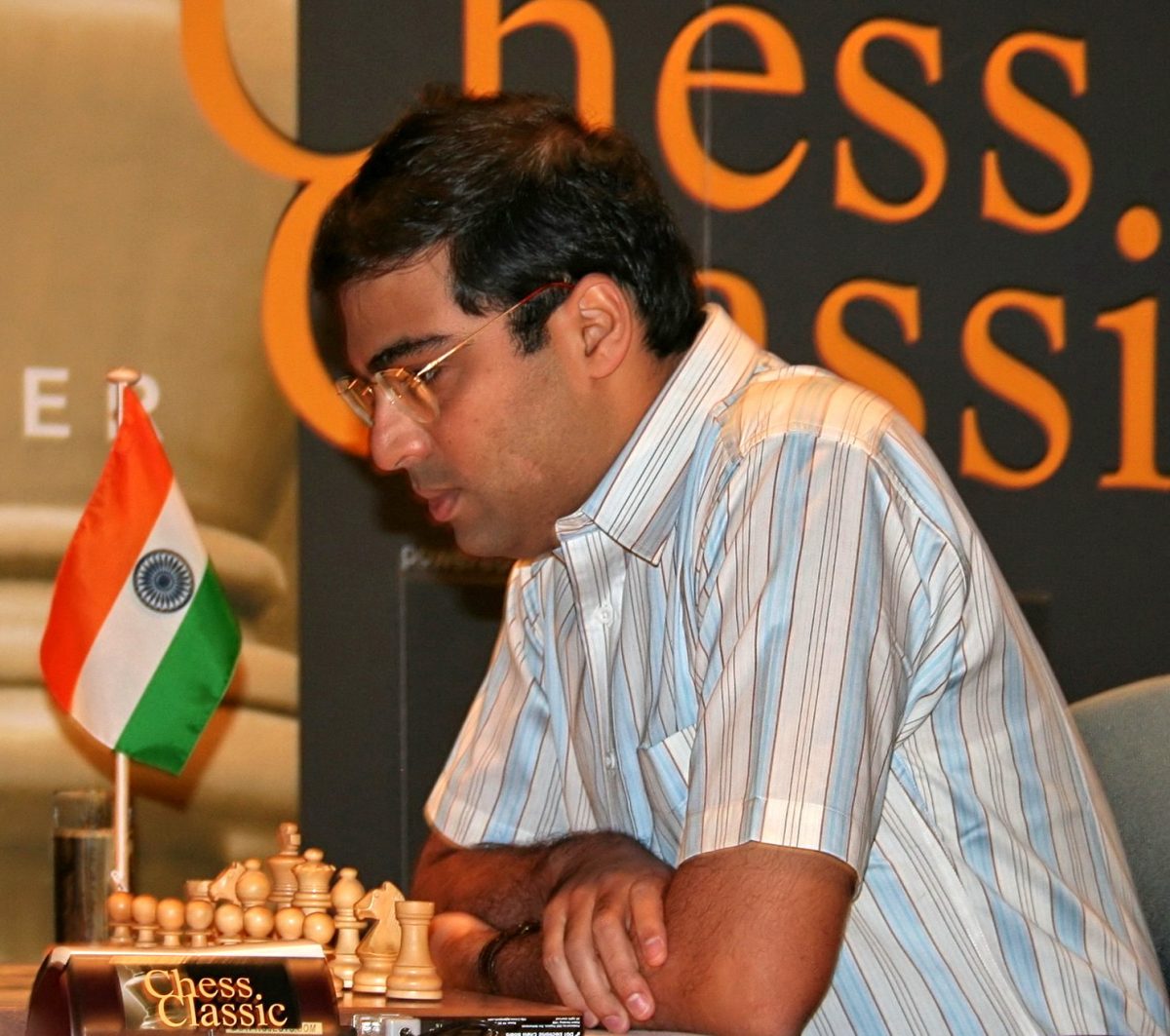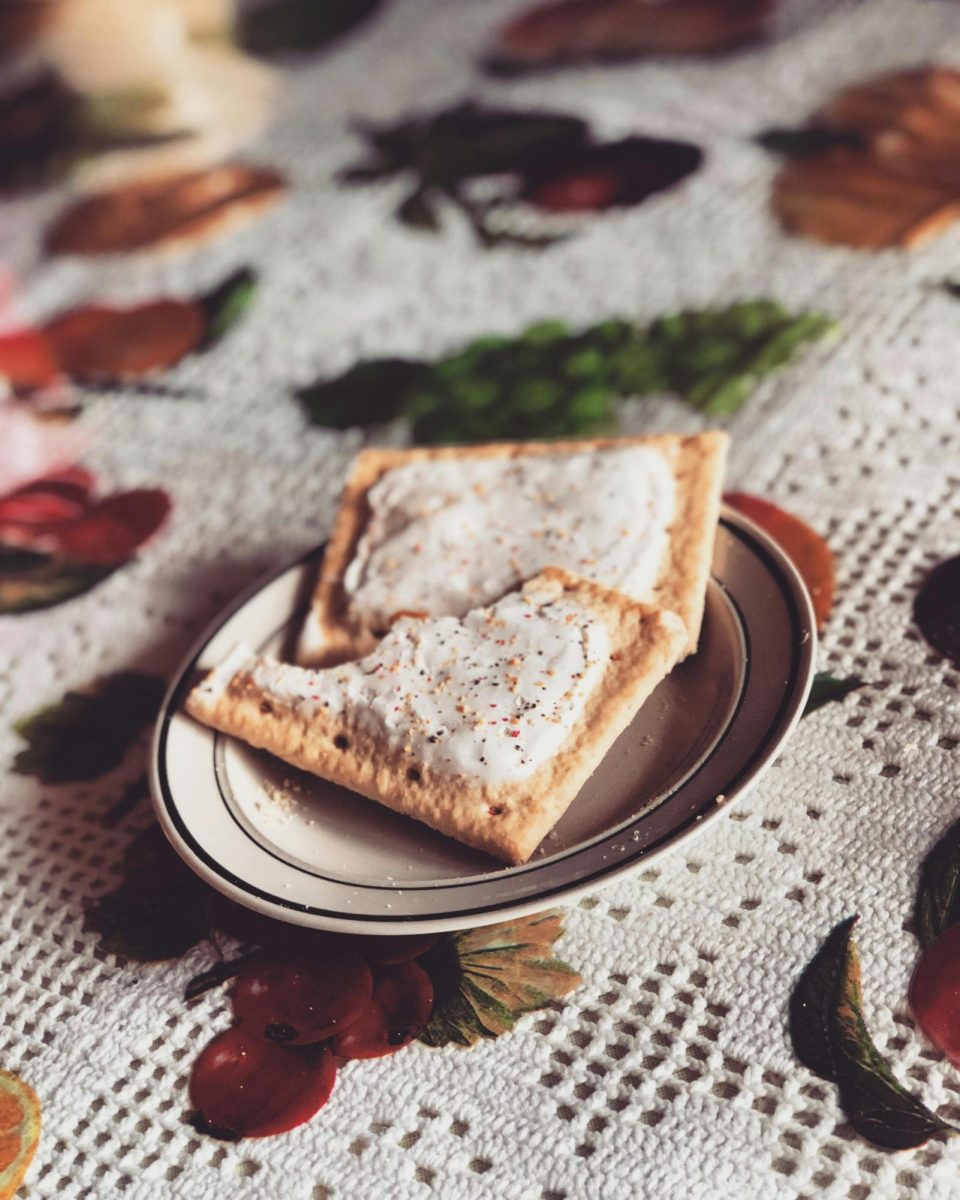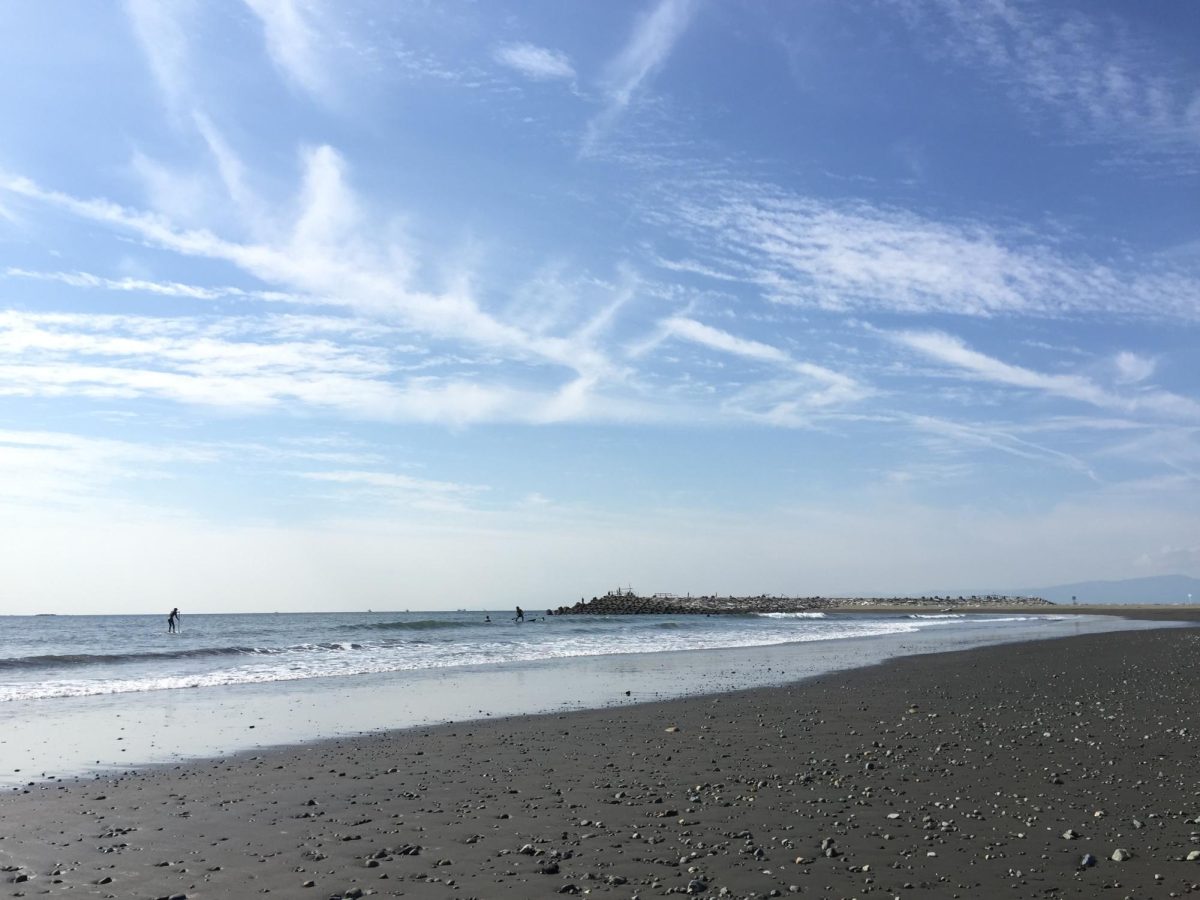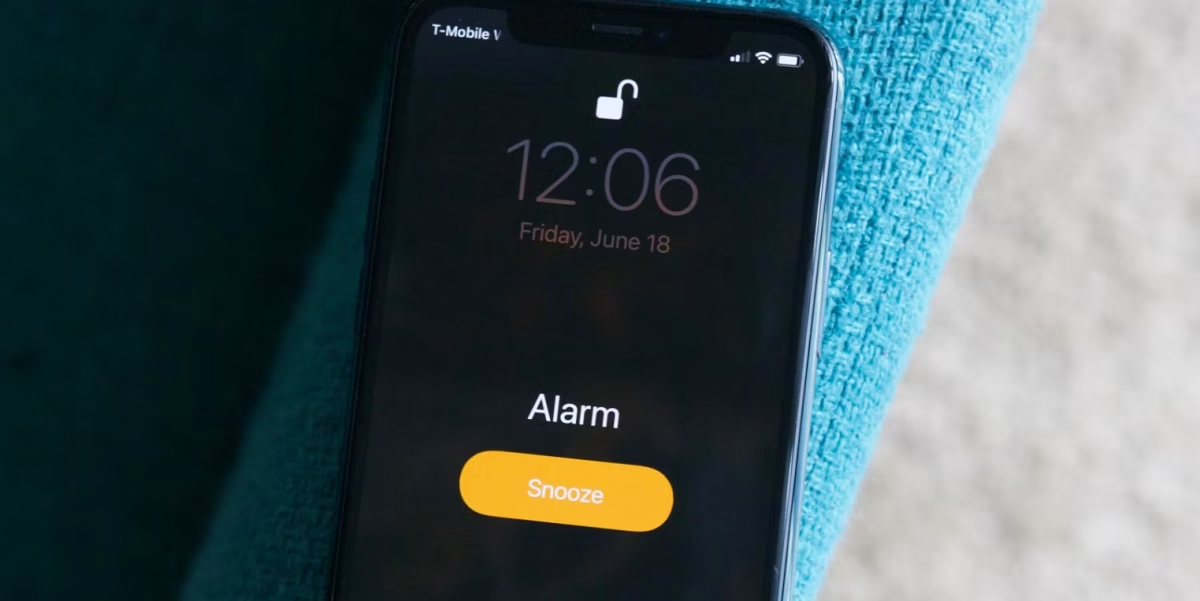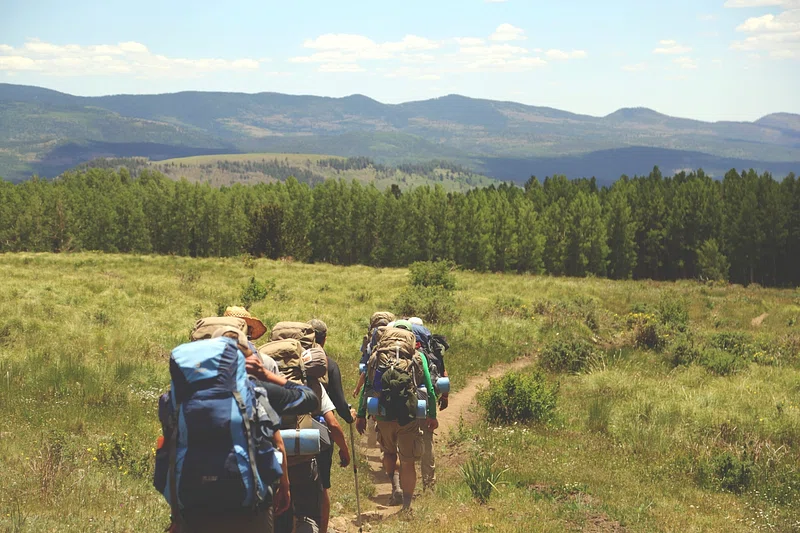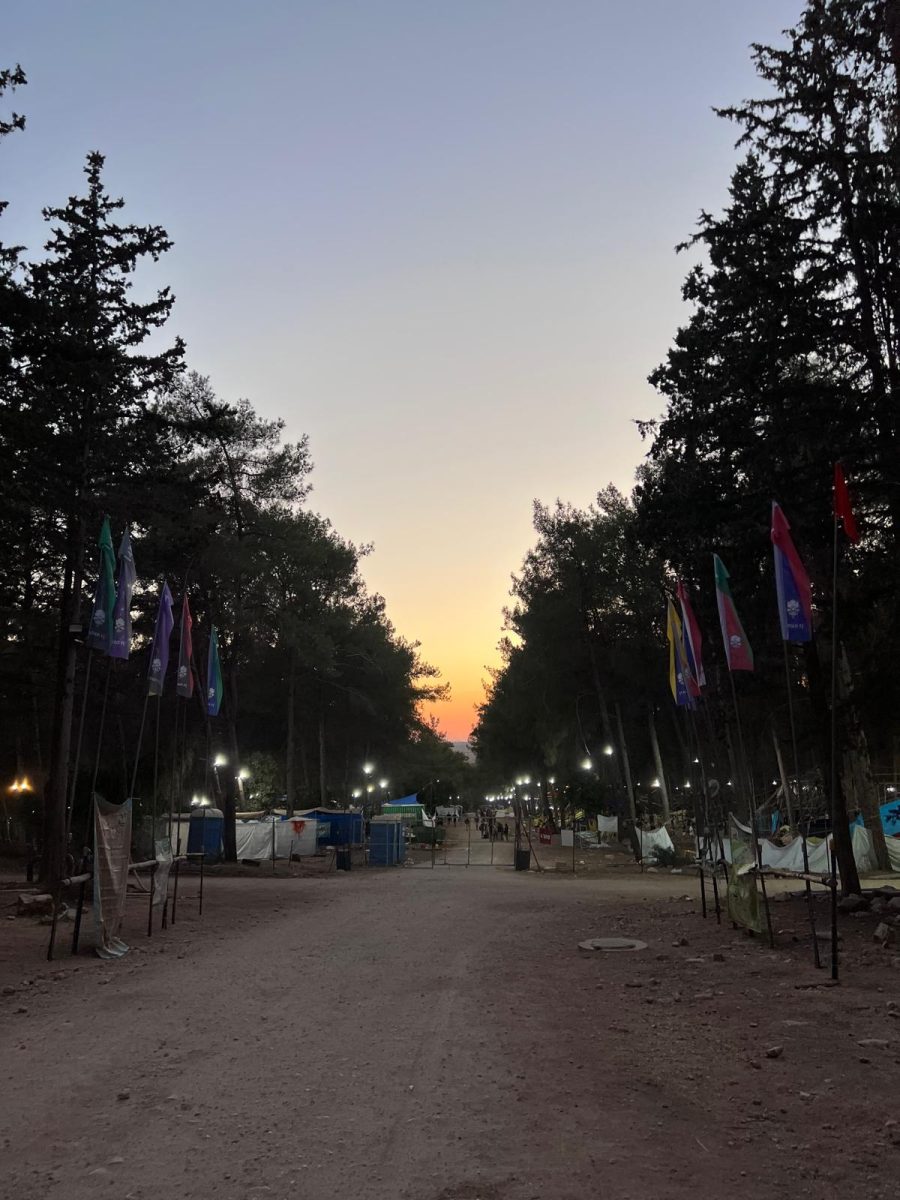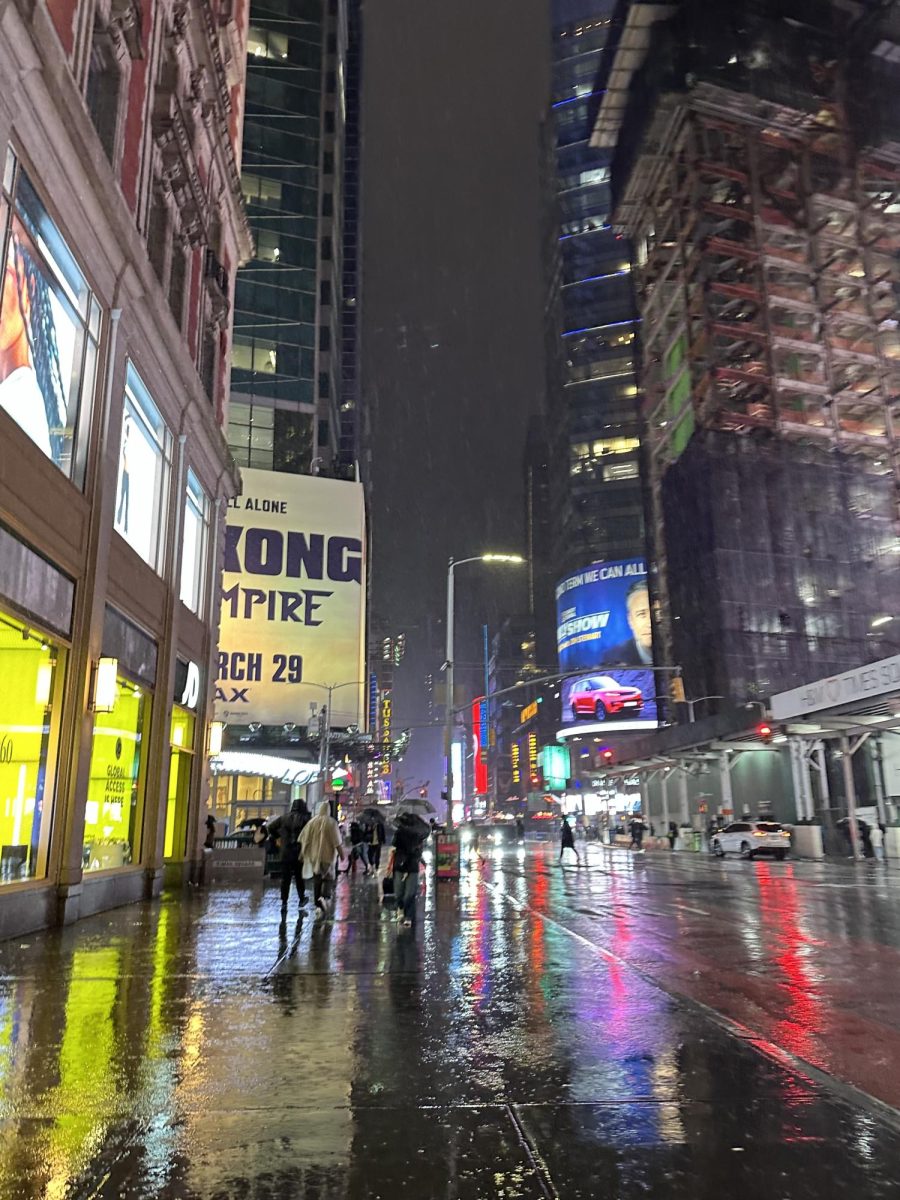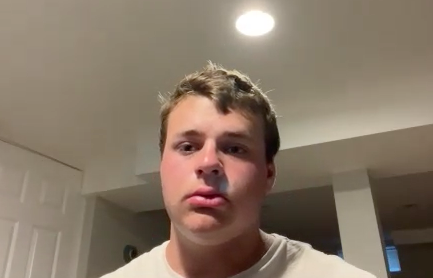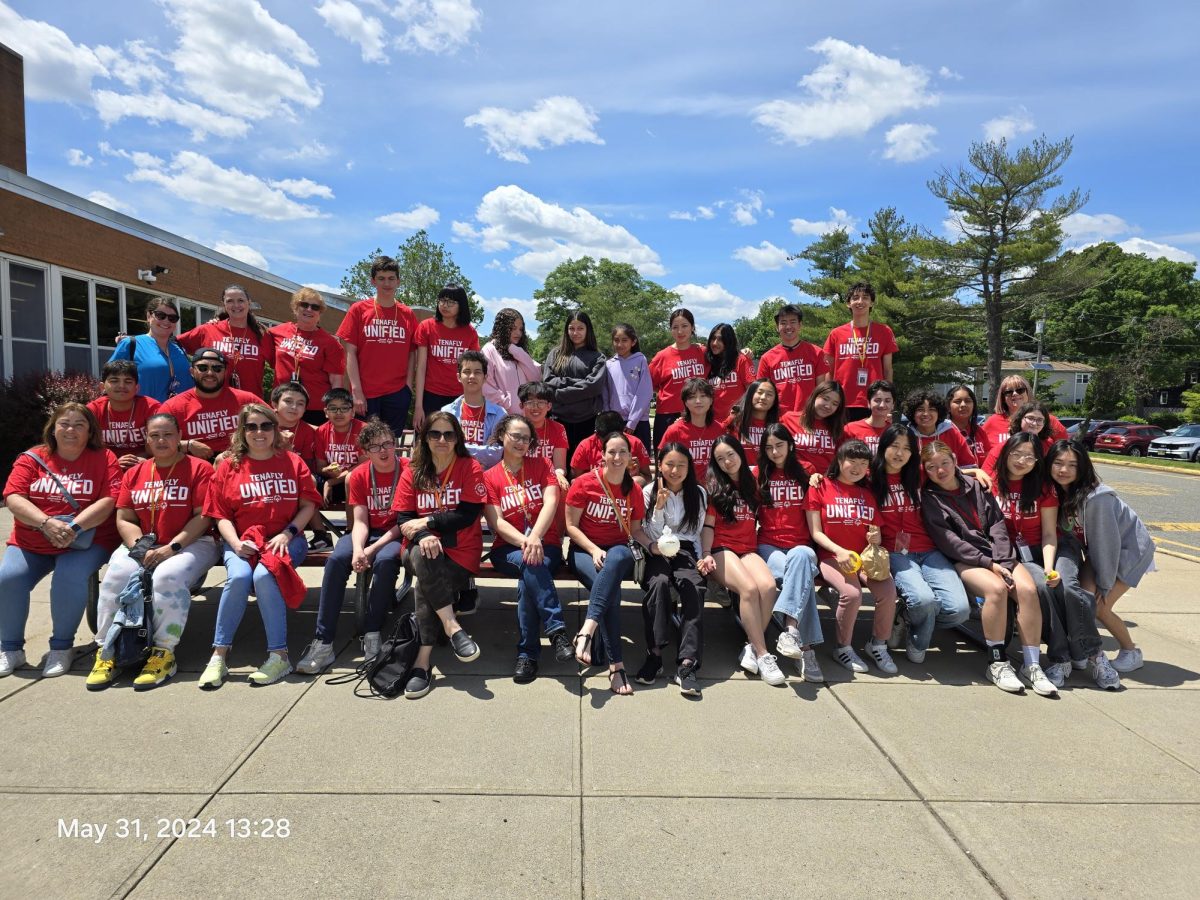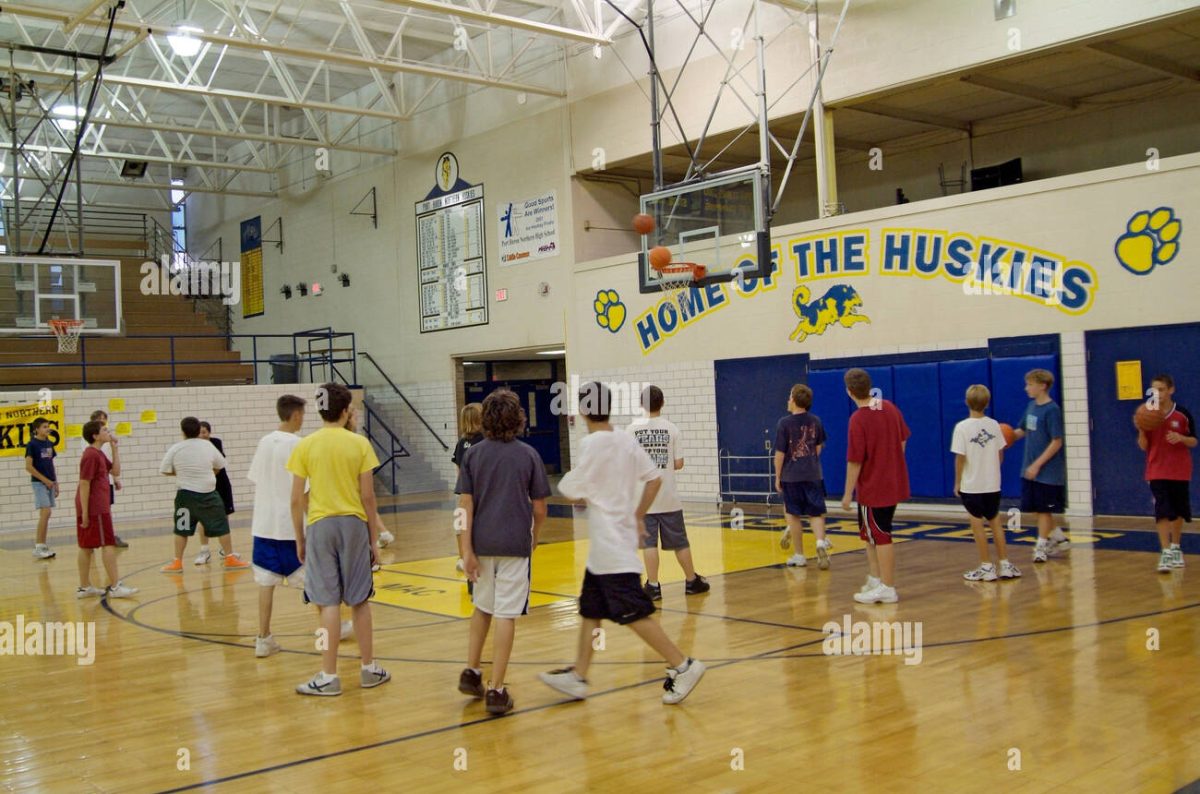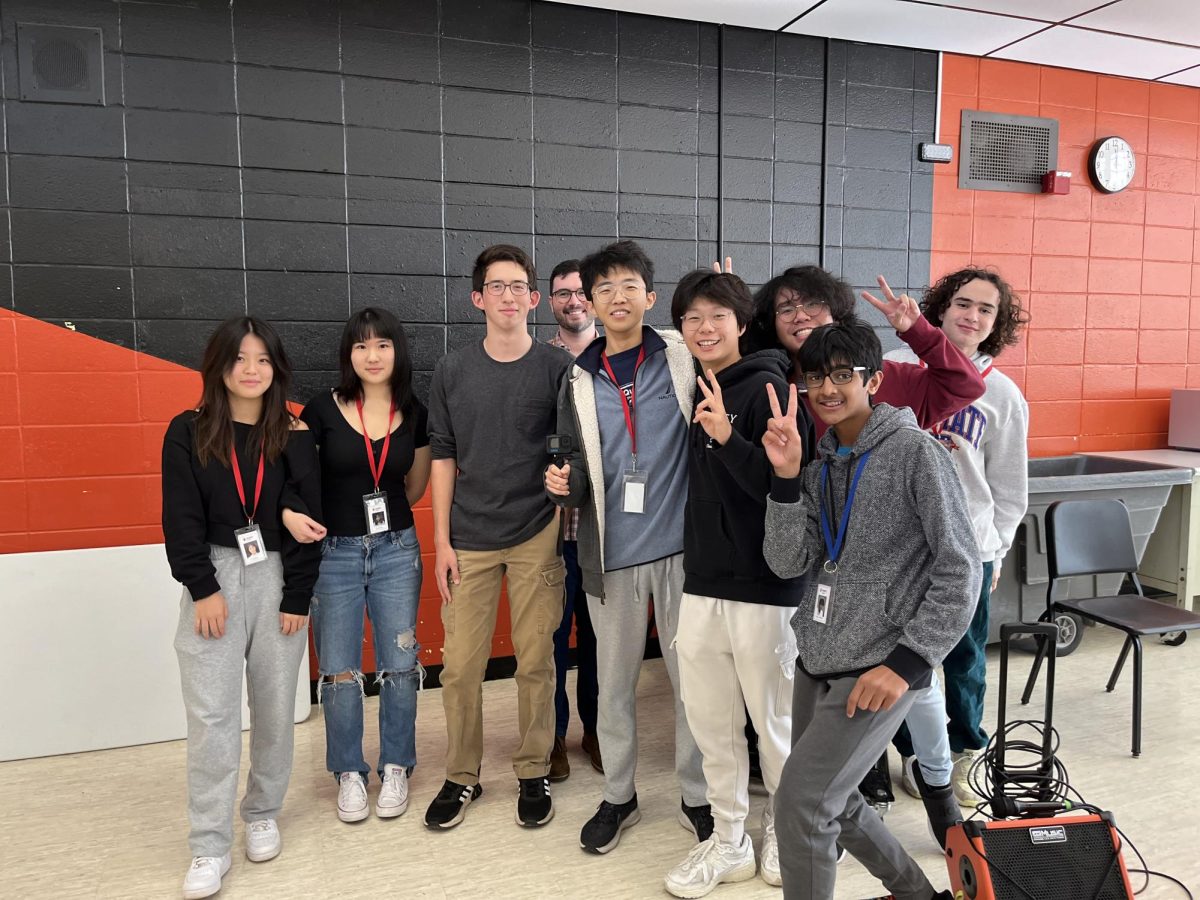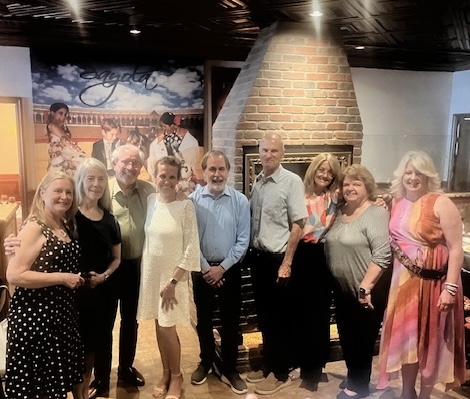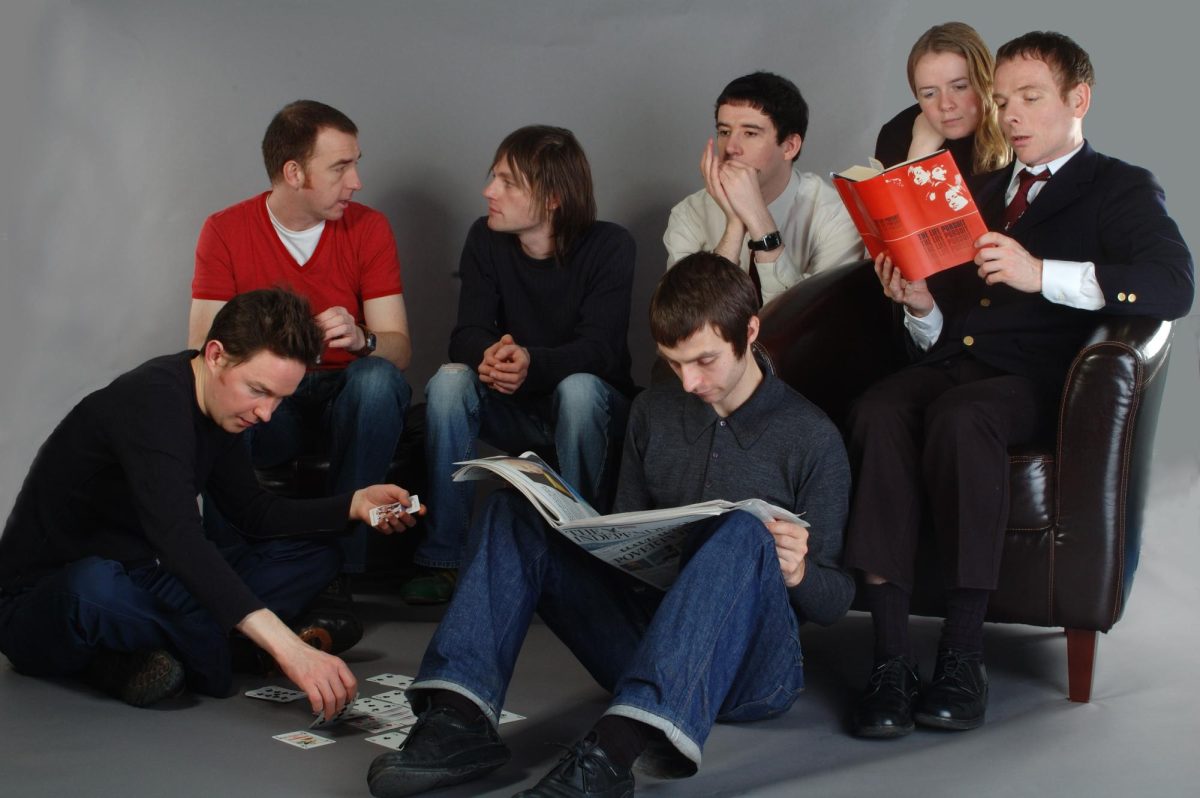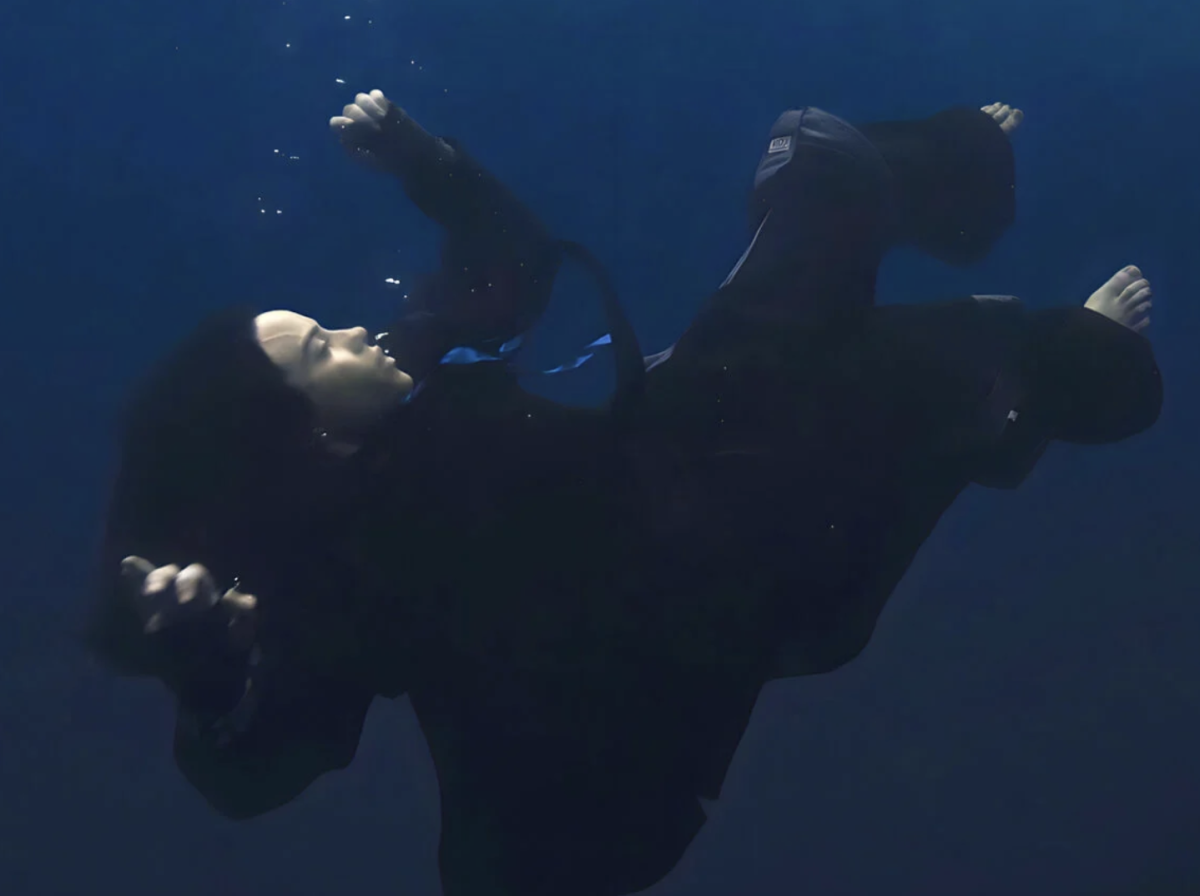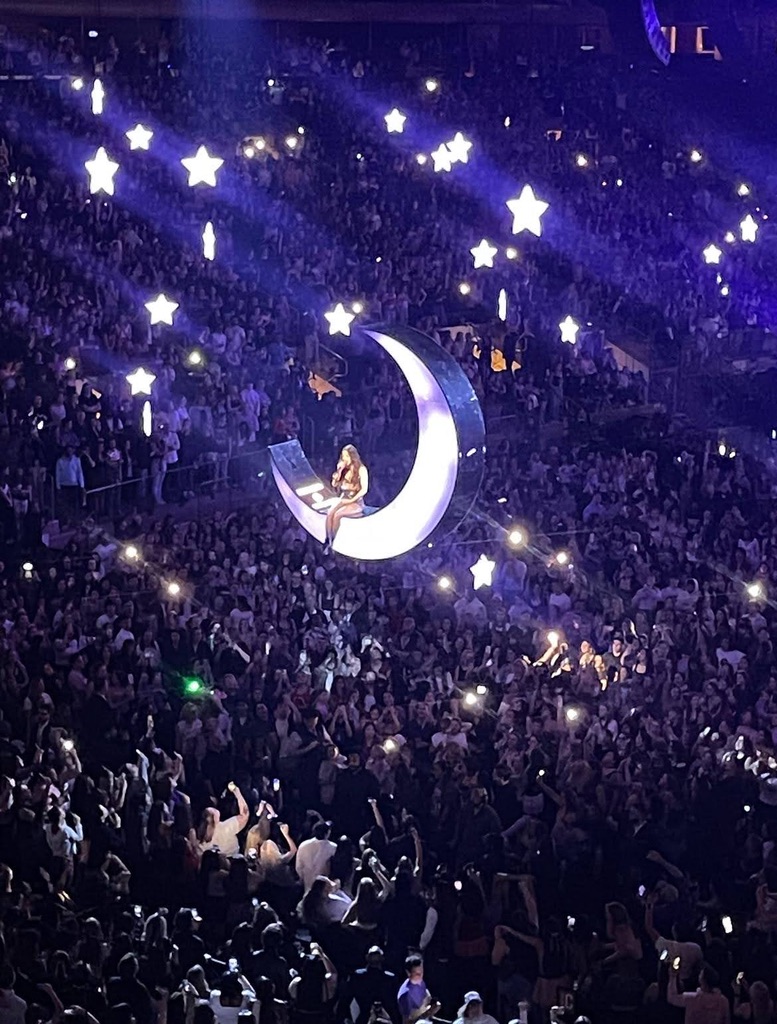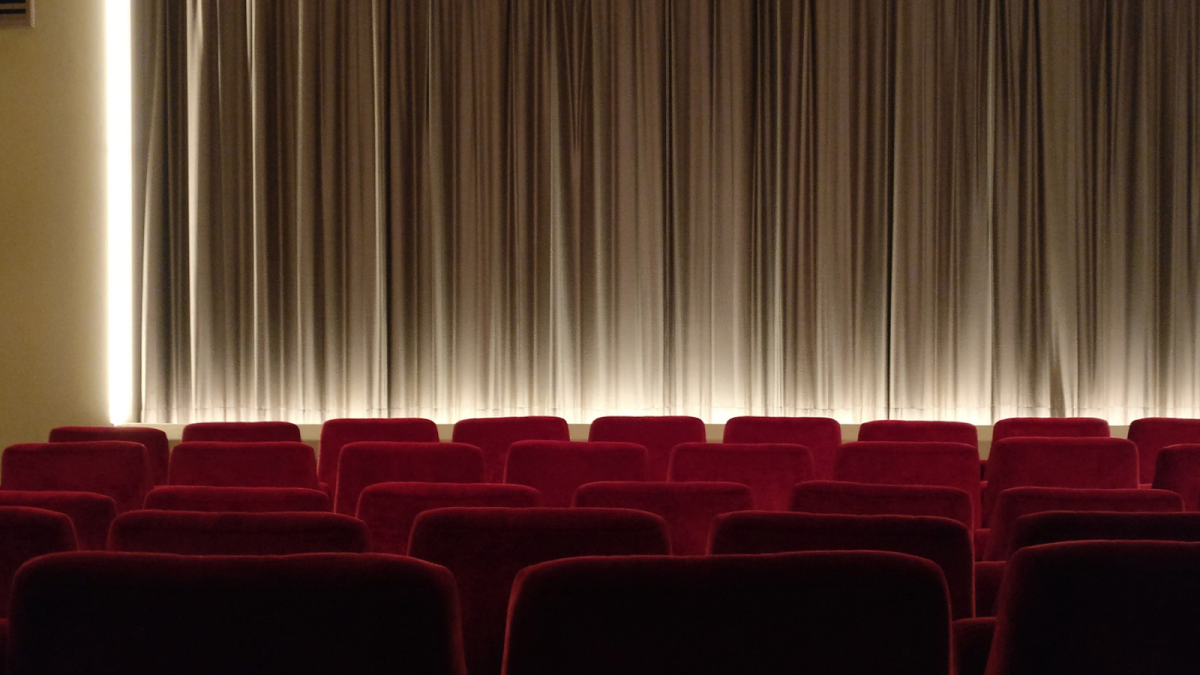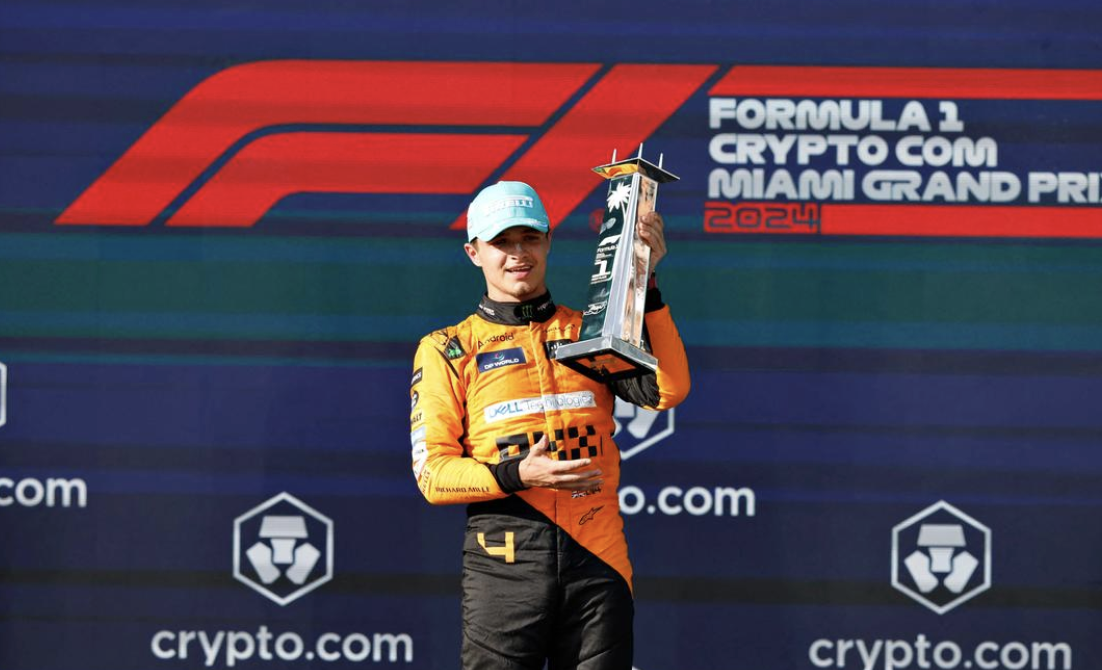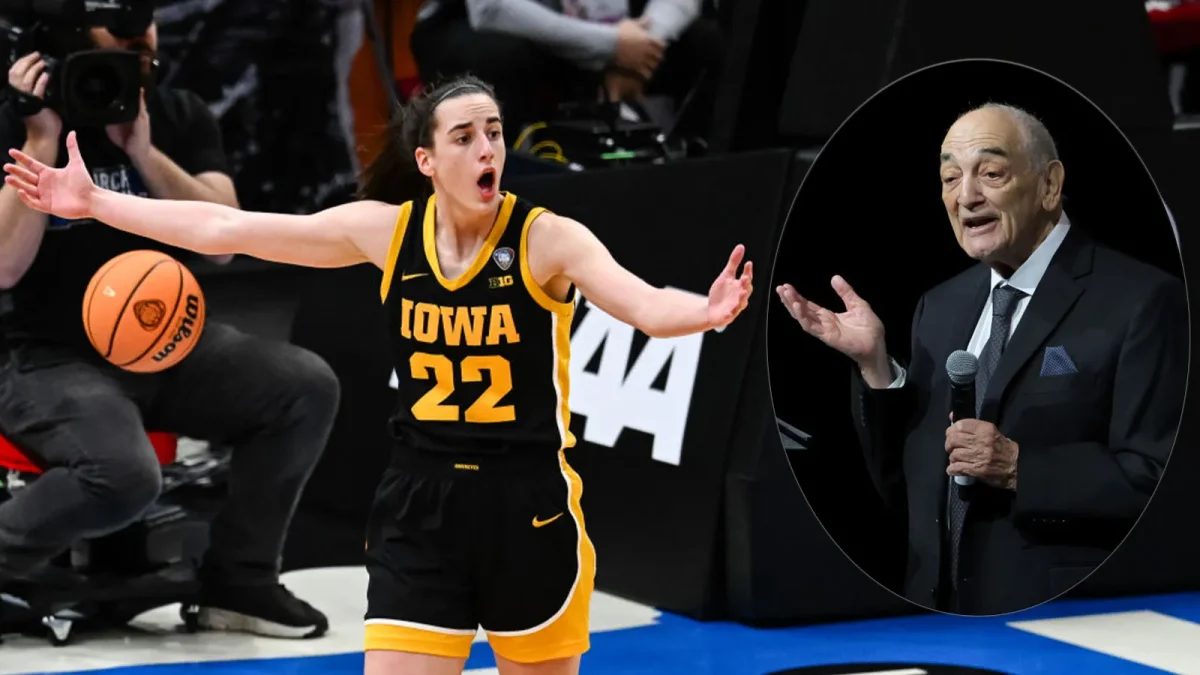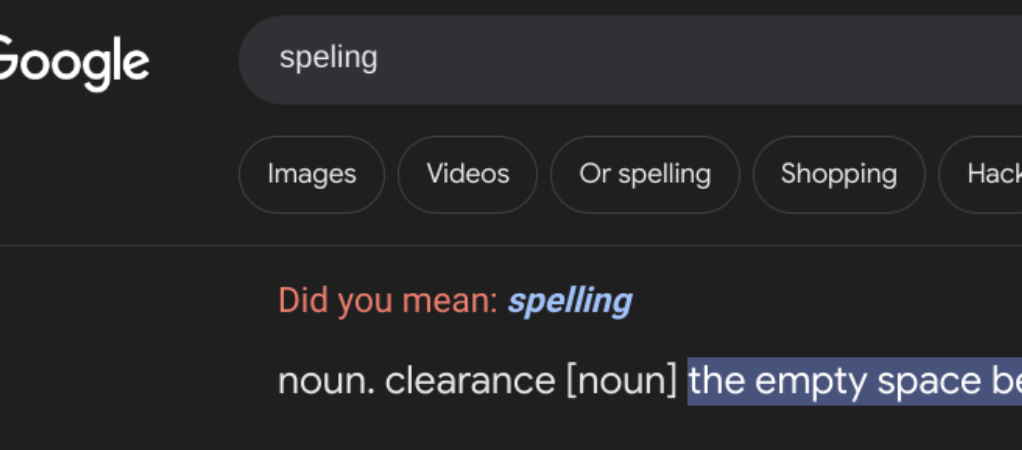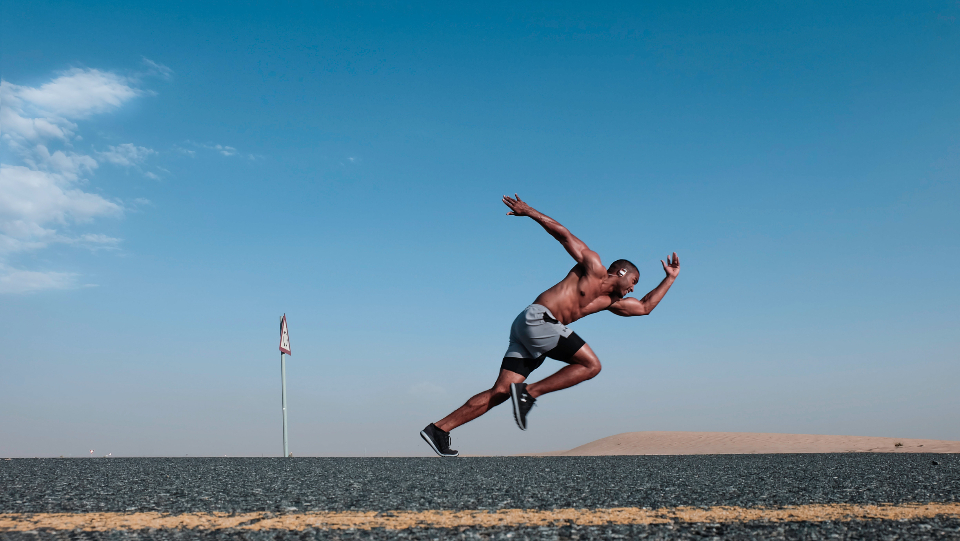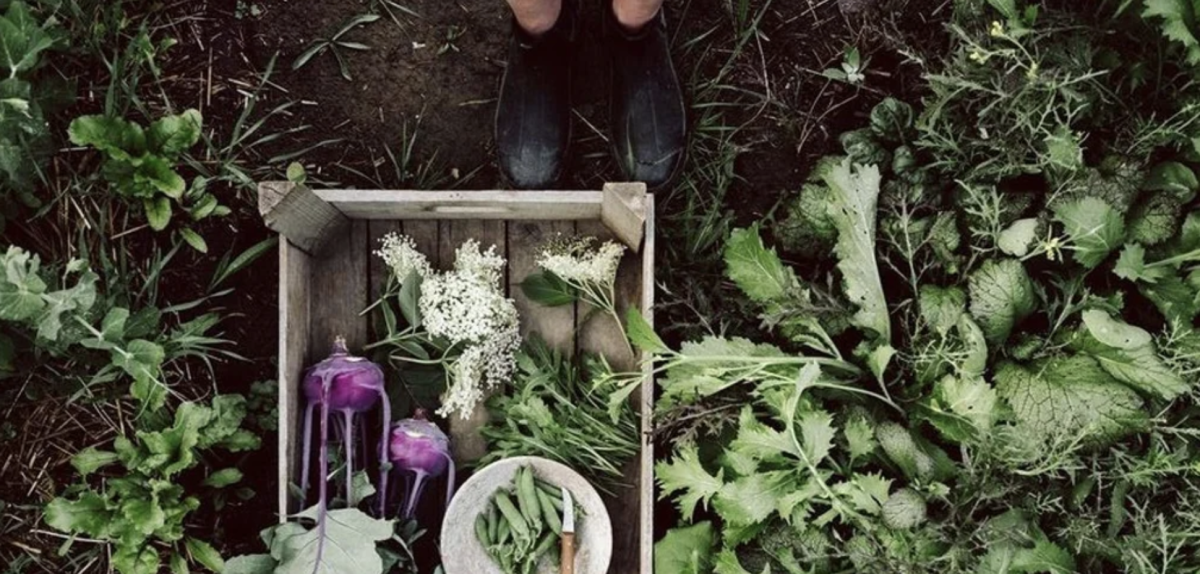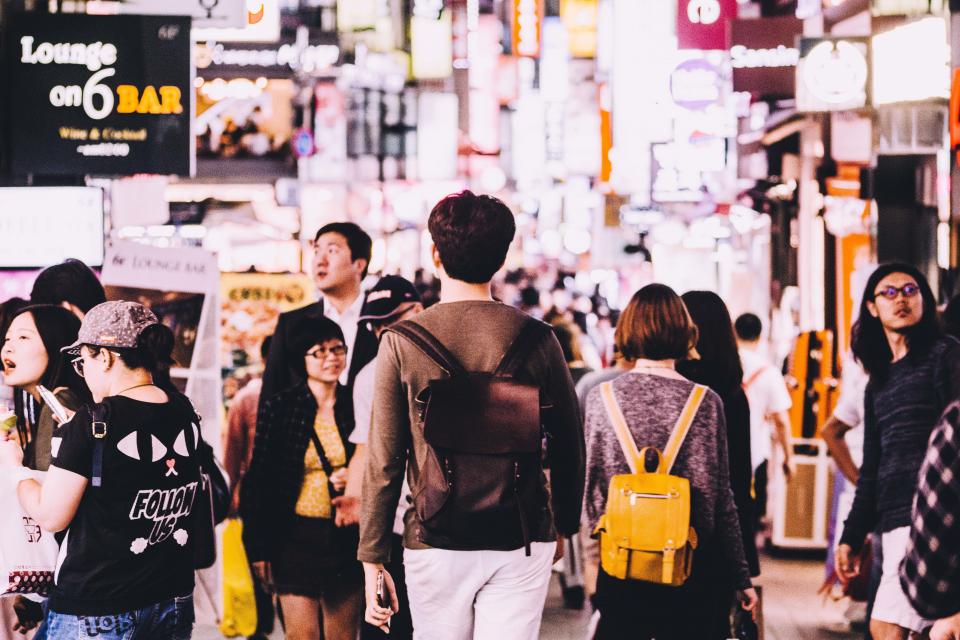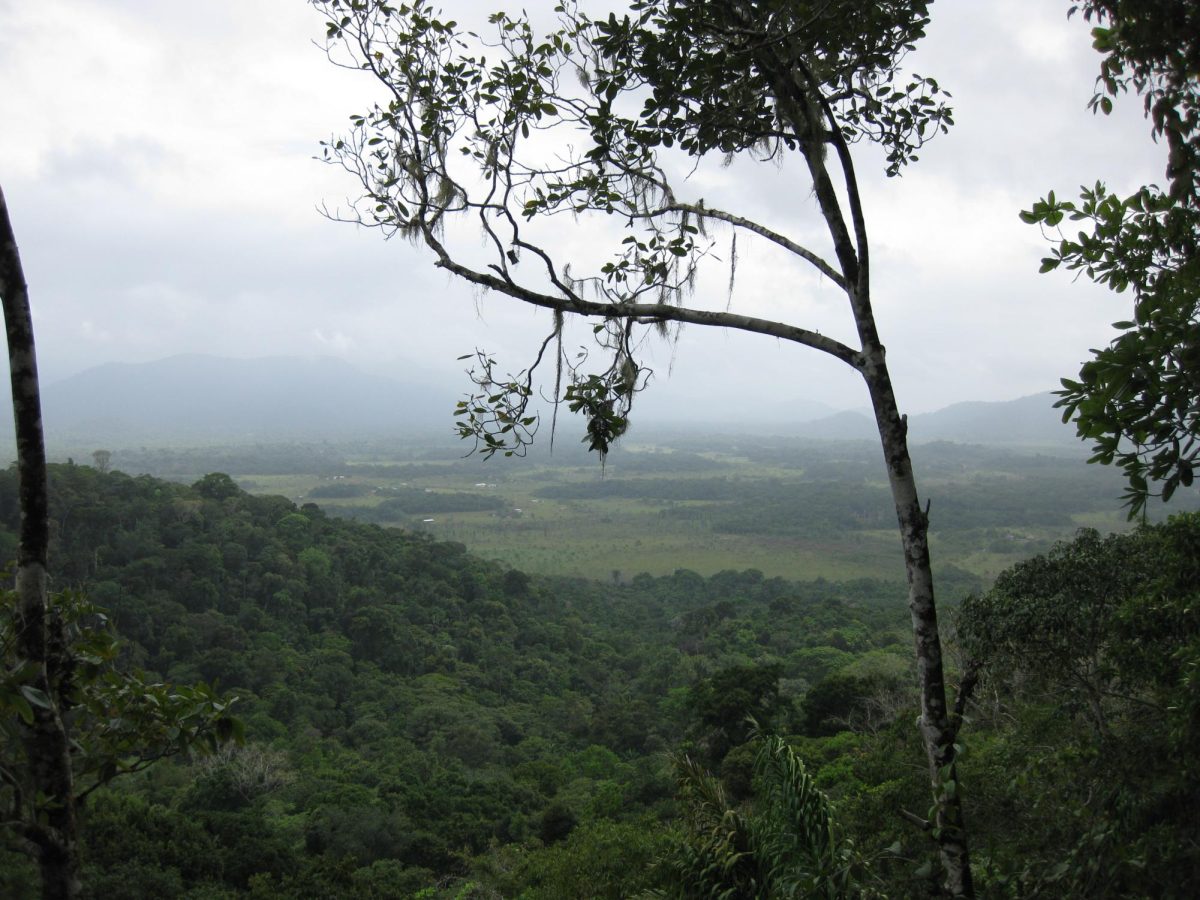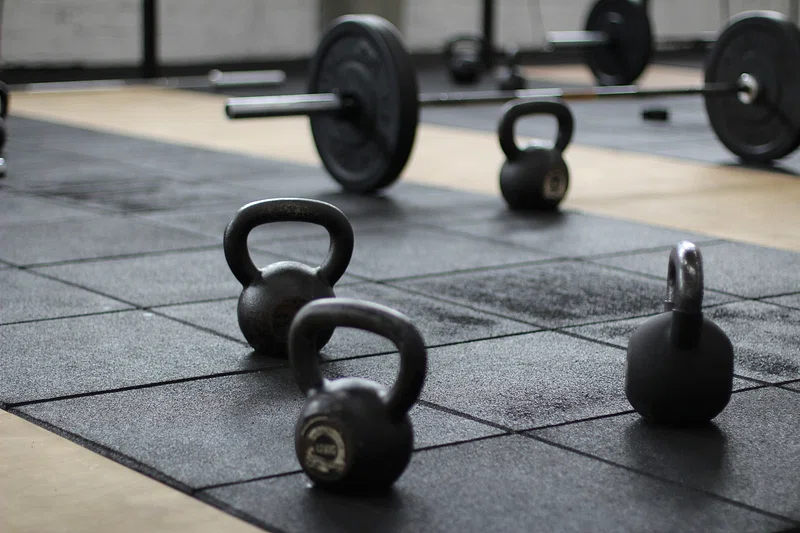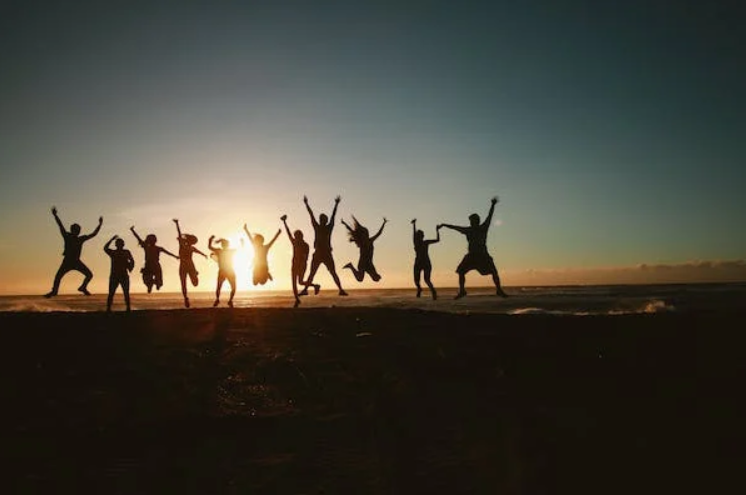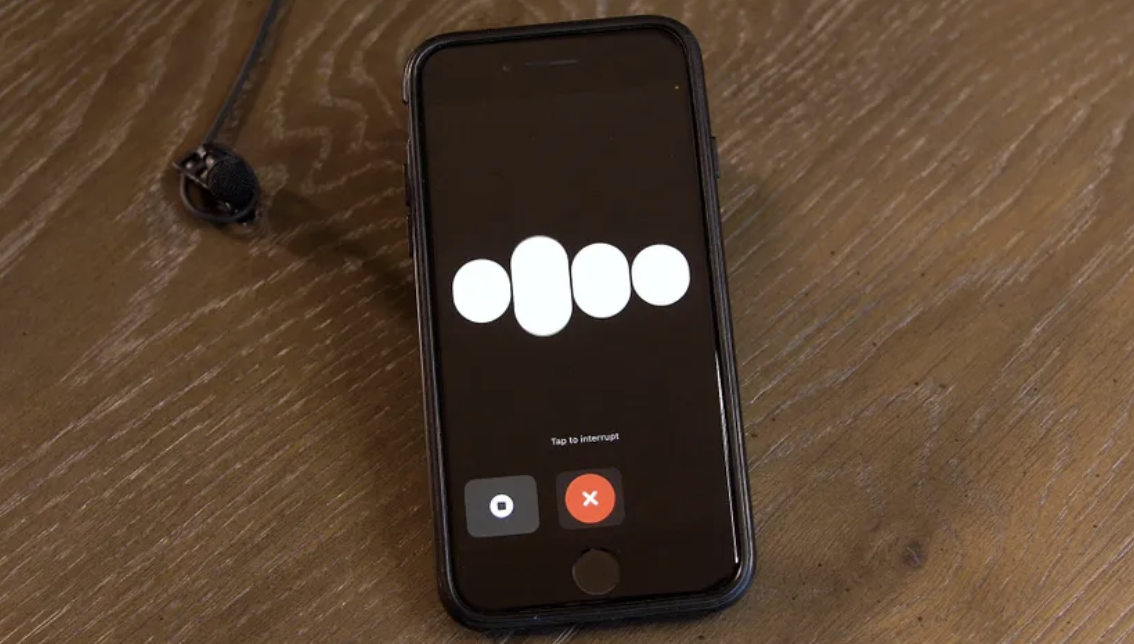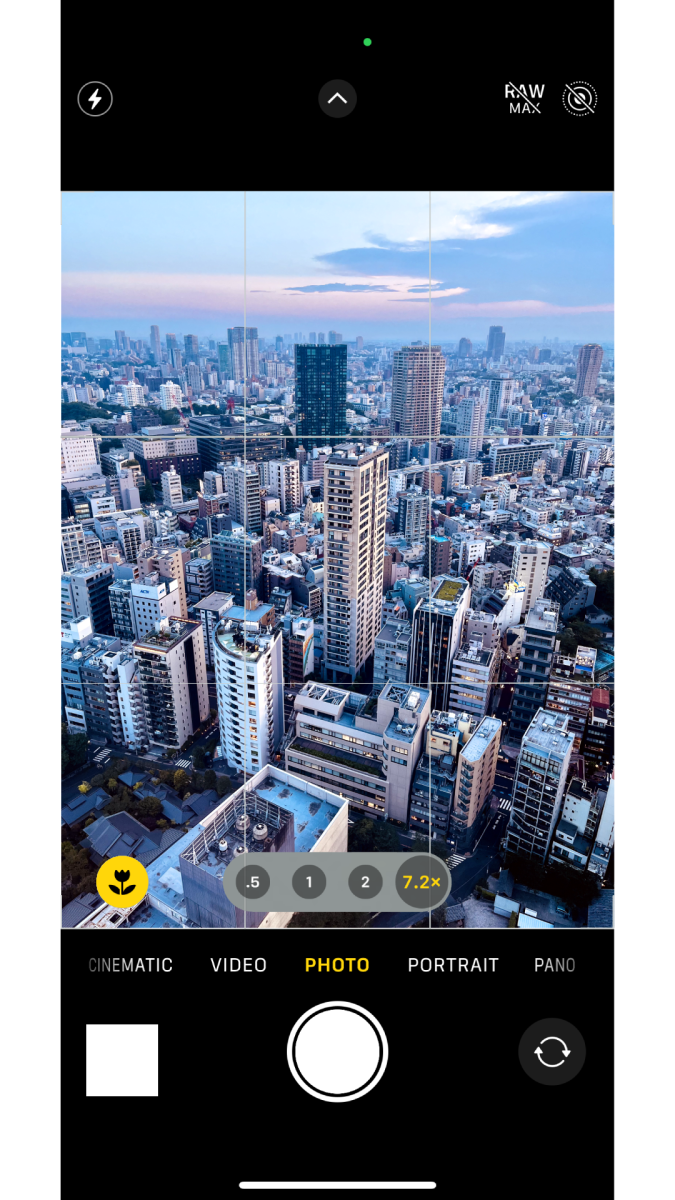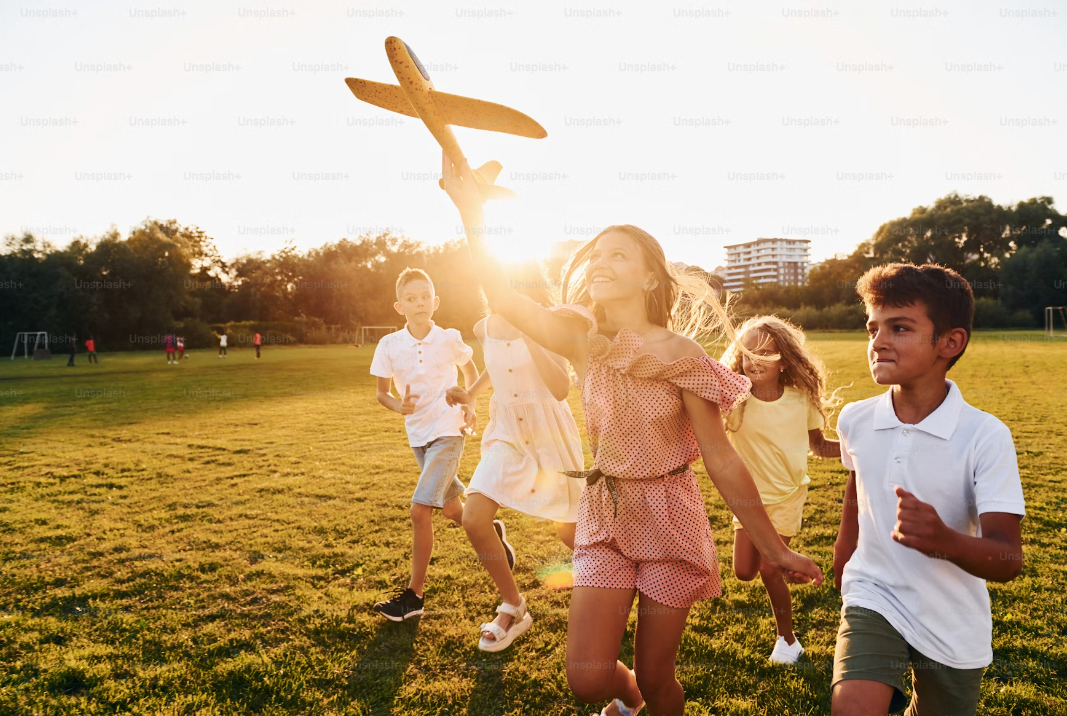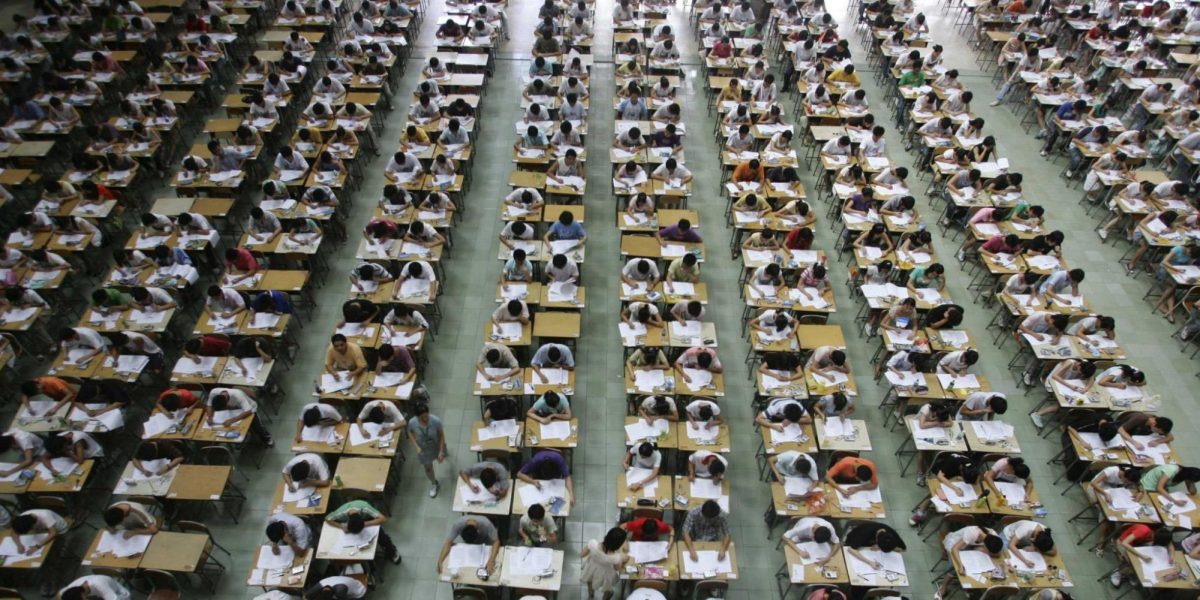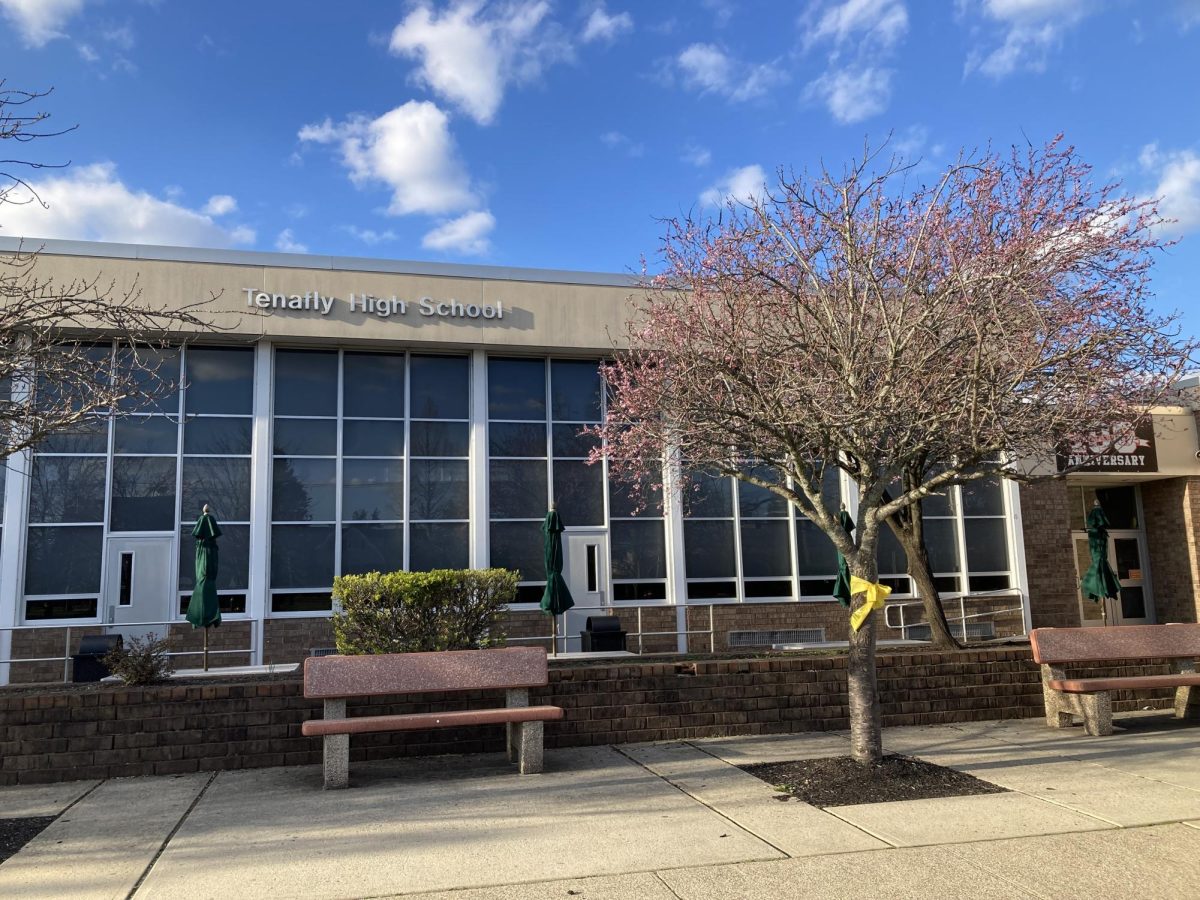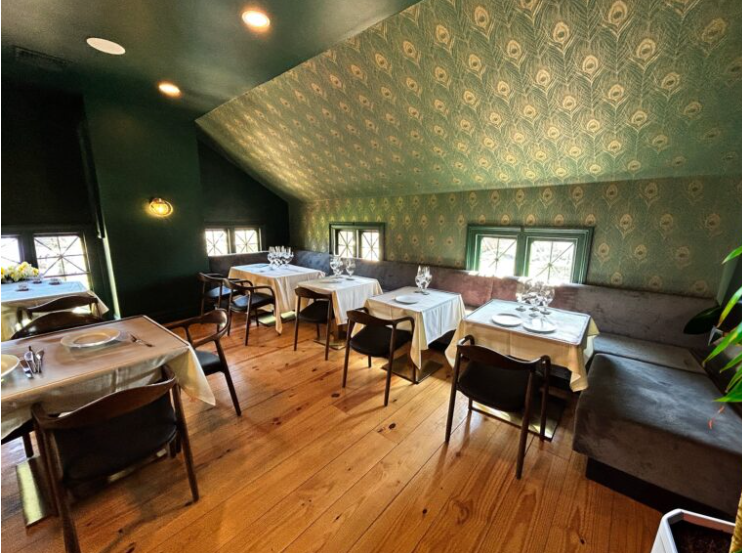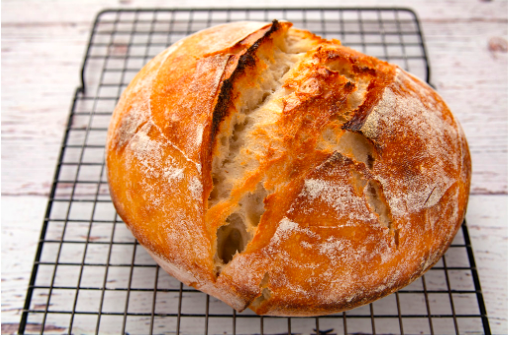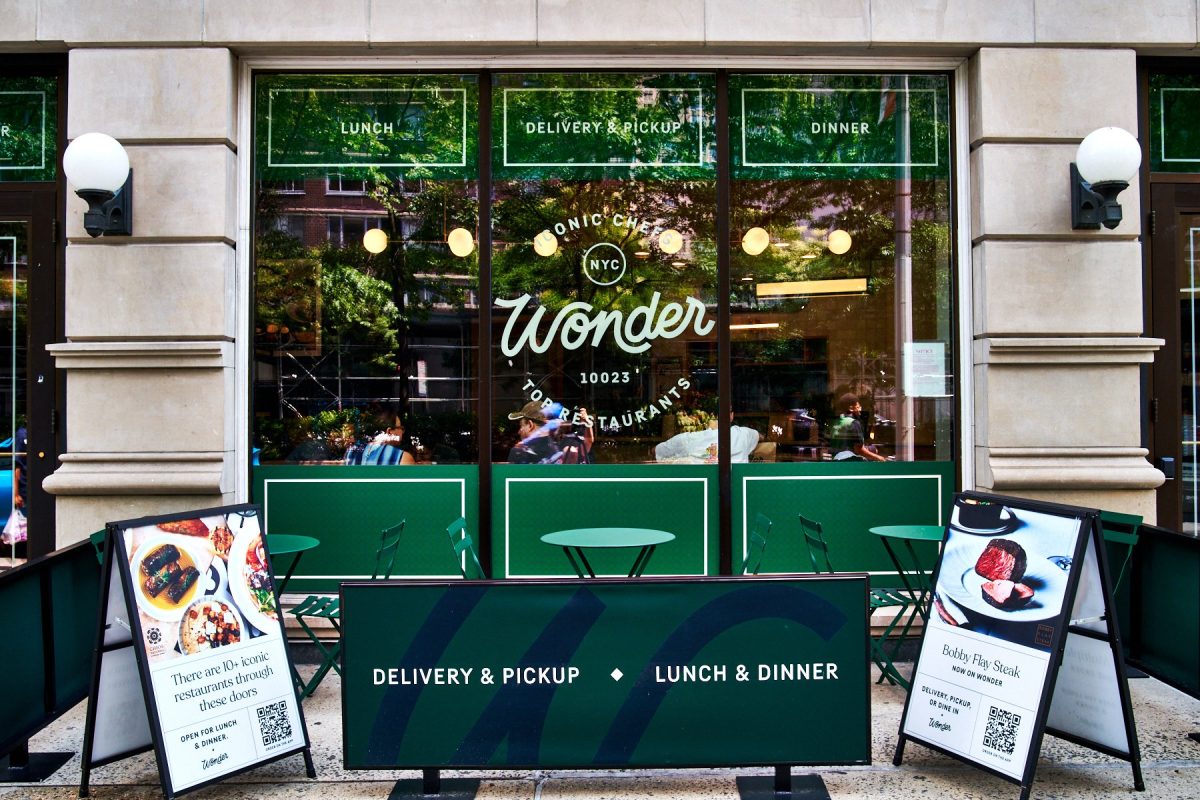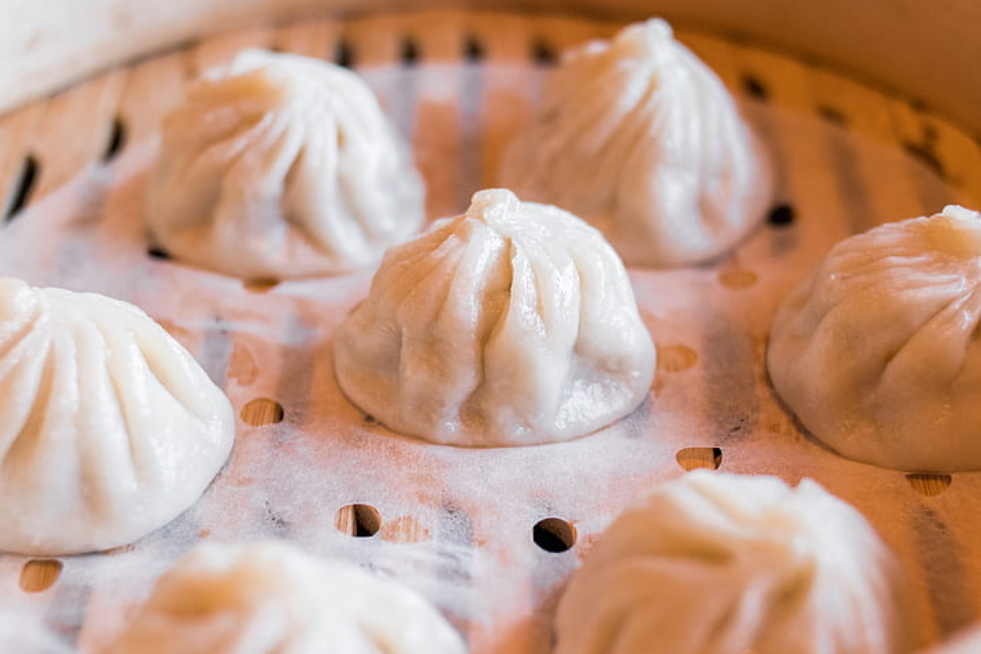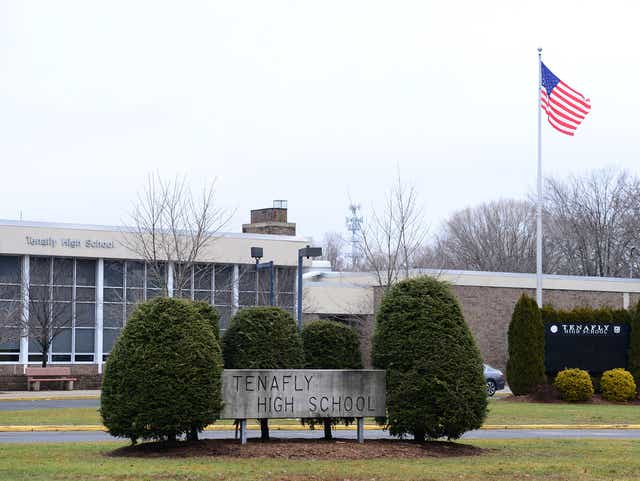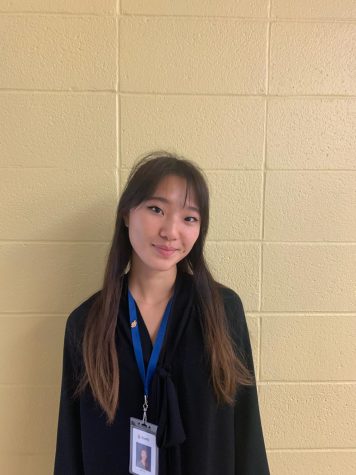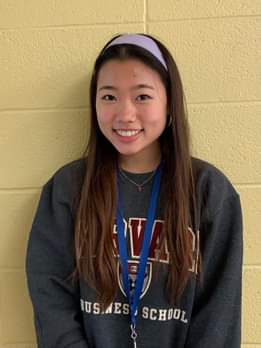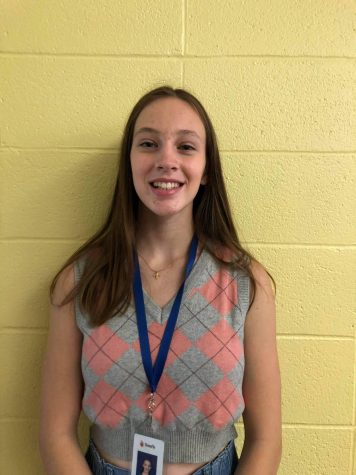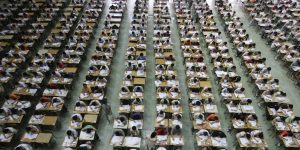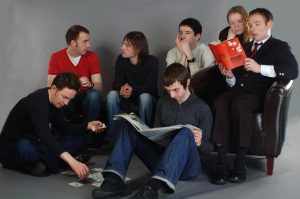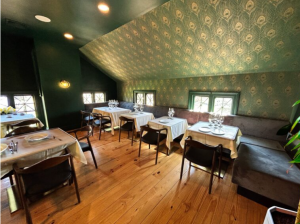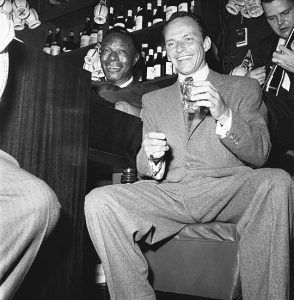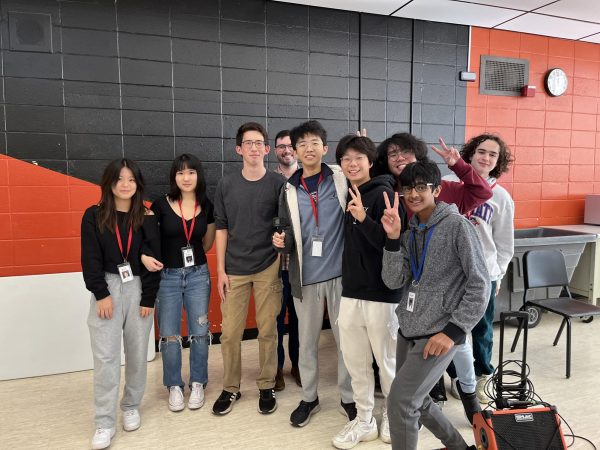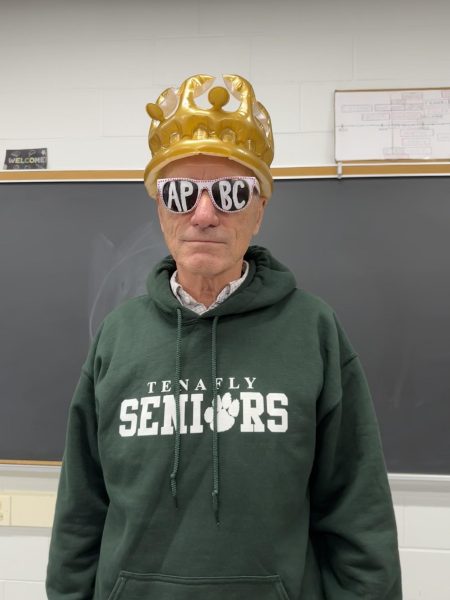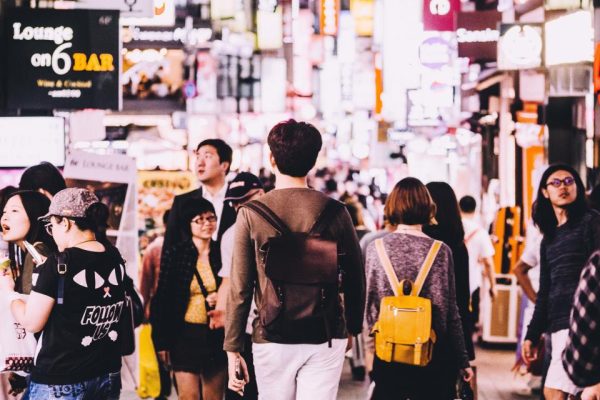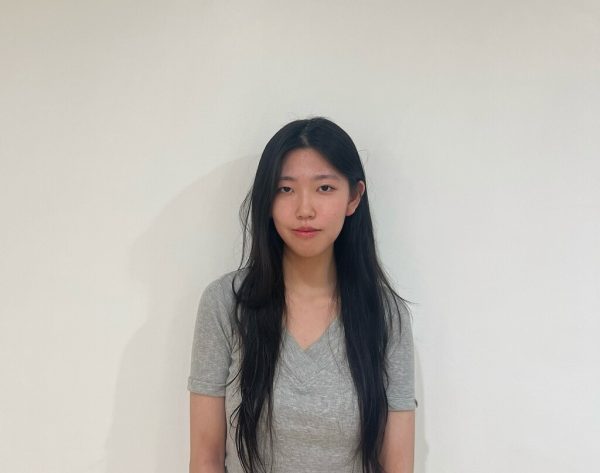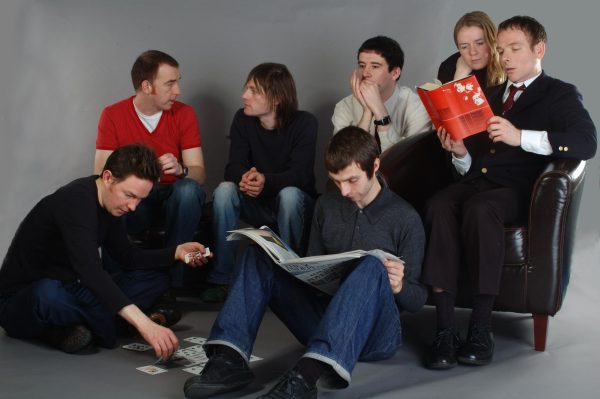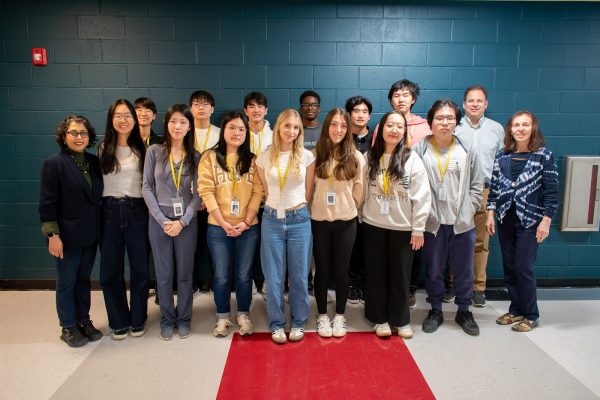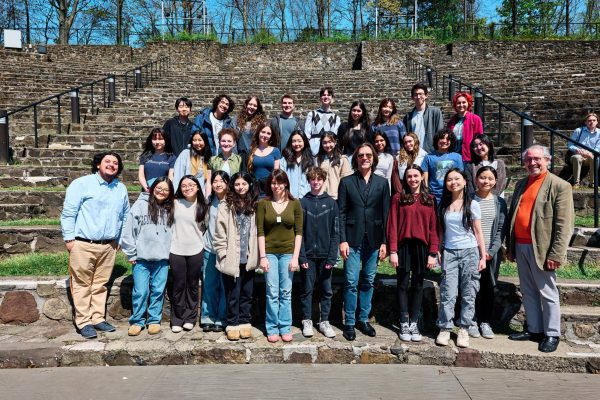THS Initiates Second Phase of In-Person Learning
April 14, 2021
After over a year of learning amidst the pandemic, many students and staff at Tenafly High School have been awaiting the moment when their lives will finally return to normal. While that moment is still far off in the future, THS took a step forward in late March by initiating the second phase of virtual learning. Both of the pre-existing cohorts are now attending physical school four days a week to return a sense of routine and normalcy to school life. However, with concerns of COVID-19 ever-present in our lives, what do teachers and students think about the decision to move to phase two?
Since September, students have been given two schooling options: a hybrid learning plan, or a full-virtual plan. The first phase divided students between two cohorts to coordinate days of in-person school attendance and therefore manage the numbers of people in the building. However, since the beginning of the year, the number of students attending in-person learning has dwindled to the point at which classes would consist of just a few students at a time. Hallways emptied as in-person students transitioned to fully remote learning. Now, Tenafly High School has eliminated the two-cohort system, to return a sense of normalcy to the school. All-virtual students have been allowed to rejoin their peers in the classroom, teachers are now able to spend more physical time with their students in their classrooms, and numbers are also well managed to follow safety protocols.
“The idea is to eliminate the Tiger and Pride cohorts, so now, any student who wants to go to school would just be part of a four-day-a-week in-person cohort, while still protecting the ability for students to go full-virtual,” THS principal, Mr. Morrison said. “What I saw was very few students coming into school, and I do believe that there are tremendous social and emotional benefits for students to be in school, on a routine, and socializing with other kids of their age. In addition, I think that it’s beneficial to be physically in front of a very caring staff that is here to help kids, and it’s a lot easier when we get to see them in person.”
Mr. Morrison said that this would be the best way to get students back into the building following the gradual decrease in student numbers in the building since September. As more students began switching from in-person to virtual learning, Mr. Morrison decided that combining the two cohorts would return safe numbers back into school classrooms. “I think already I’m seeing signs that we’re going to have more kids in the building, so I think right there, that’s going to be successful for what our goal is. And hopefully, by next year, we don’t have this split virtual-hybrid situation, and we can go back to something that looks like what we had before.”
Although the new schedule is much more demanding of students, in terms of attendance and focus, many students have been able to enjoy the routine of an almost-normal high school experience for the first time this year. “I think being in person with people just… gives me a sense of normalcy in these really troubling times,” Karis Cho (’23) said. “And I think it’s all these little interactions that I miss in school, like talking with my friends or joking about something right before class… I think I just miss the laughter. I miss the community that you don’t get online. I think I just wanted to experience that.”
The school’s reopening has engendered a sense of return to pre-COVID life, although much remains to be done. For the class of 2021, this near full-time return to school recreates what would have been its final year of high school, which many seniors have taken full advantage of. “It’s my senior year, and I wanted to make the most of it,” Rebecca Parish (’21) said. “I think at the beginning of the year a lot of seniors were scared that they would miss out on those fun [senior events,] but now that things are looking better, I’m optimistic and hopeful that I’ll end my Tenafly High School experience with some of those fun events.”
Of course, along with these added social opportunities comes the added risk of exposure to the COVID-19 virus, as more people are gathered in classrooms and in the halls. Many students express feeling nervous being in a building with so many people at one time. “I wouldn’t necessarily say that I feel safe because I know that somebody in this building has COVID for a fact,” Grace Chung (’24) said. “A lot of the kids [also] take off their mask in the classrooms, which is very worrisome.” Cho agrees with her, admitting that she was hesitant to return at first, knowing that there would be twice as many students in the building as there had been previously. “It does seem a little unsafe for me, personally… I was in school, and there was this guy who was walking in the hallways with his mask entirely off, and he was eating a granola bar, and I felt very uncomfortable,” Cho said. “But [other than that] I think that it’s relatively going well.”
While some are hesitant, other students believe that the school is as safe as could be with its current restrictions in place. “I always see in the most part teachers and custodians wiping down desks, spraying all the chairs,” said Ryan Kim (’23). “Also, knowing that the teachers are slowly all getting vaccinated, that’s also really reassuring. Everyone’s doing their part by wearing their masks and just sticking to the guidelines.”
While the students are enjoying being back in their classrooms, teachers are appreciating the added benefits of their partial return to normalcy. Mrs. Oppedisano, an English teacher at THS, has enjoyed having more students in her classroom and getting to have more personal conversations. “I feel more comfortable, maybe, telling silly stories that relate to what we’re talking about in class, because of the environment,” she said. “With it being spring, it feels like it’s giving us the momentum that we need to be together… I’m very happy with it.”
In terms of the safety of having a large number of students in the building, Mrs. Oppedisano thinks that for the most part, the school has done the best it can to meet the wishes of students and parents while keeping as safe an environment as possible. “Personally, I would have preferred if we hadn’t opened up the phase until two weeks after spring break,” she added. “I think that would also help everyone else feel better about having that two-week quarantine period after a time when many people do travel… [However,] I can see this as being the best compromise [the school] could [implement] to try and accommodate everyone’s wishes.”
Although the present remains uncertain, students and teachers alike hold high hopes for the remainder of the year and the initiation of the second phase of the school’s reopening. The most that we can do now is work to become more and more cooperative and compassionate towards one another as we continue forward towards a brighter future.
“I’m hopeful for that kind of future where we can all look at one another and go, ‘We’ve made it through this,’” Mrs. Oppedisano said. “It was a really traumatic time [but] we have to remember that as a community, we have to look out for one another.”


